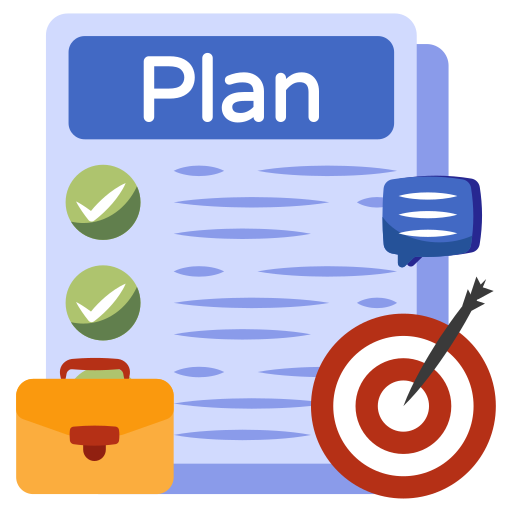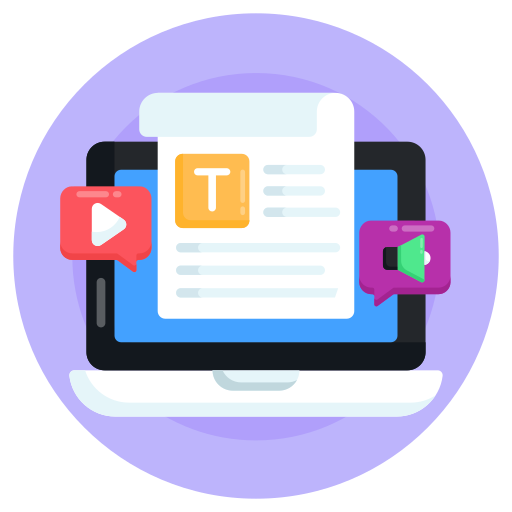Starting a new role is not just about learning your daily tasks—it’s about laying the groundwork for every aspect of your professional journey. In this guide, we break down the process into four key areas: Onboarding Success, Effective Communication, Performance Planning, and Career Development. Each section is enriched with actionable steps, detailed examples, and checklists designed to help you integrate, excel, and grow in your new role.



Onboarding Timeline Table:
| Phase | Objective | Key Activities | Success Indicators |
|---|---|---|---|
| Pre-Onboarding | Research & Preparation | Study company materials, create questions | Completed checklist, summary notes |
| Day 1-7 | Initial Integration | Attend orientation, introduce yourself | Active participation, first impressions |
| Week 2-4 | Cultural Assimilation & Shadowing | Join team meetings, shadow colleagues | Participation in discussions, mentorship start |
| Month 1 | Establishing Relationships & Processes | One-on-one meetings, join social events | Feedback from peers, feeling of belonging |







SMART Goal Worksheet:
Create a worksheet that prompts you to fill in each section of the SMART framework. For instance:
| Component | Description |
|---|---|
| Specific | Increase client follow-up efficiency by implementing a CRM tool. |
| Measurable | Achieve a 25% increase in follow-up rate. |
| Achievable | Utilize training sessions and team support to optimize CRM usage. |
| Relevant | Supports the department’s goal of enhancing customer satisfaction. |
| Time-bound | Complete within 60 days. |

Performance Tracker Template:
| Goal | Action Items | Timeline | Success Metrics | Status |
|---|---|---|---|---|
| Improve client follow-up rate | Research CRM tools, attend training, implement | 60 days | 25% increase in follow-up rate | In Progress |
| Enhance internal reporting accuracy | Develop a standardized reporting format | 30 days | Reduction in reporting errors by 50% | Not Started |



Learning Tracker Example:
| Course/Training | Provider | Deadline | Outcome/Skill Acquired |
|---|---|---|---|
| Advanced Project Management | LinkedIn Learning | End of Q2 | Enhanced leadership and organizational skills |
| Data Analytics for Business Decision Making | Coursera | End of Q3 | Improved analytical skills for performance tracking |



To put this guide into action, follow these summarized steps: